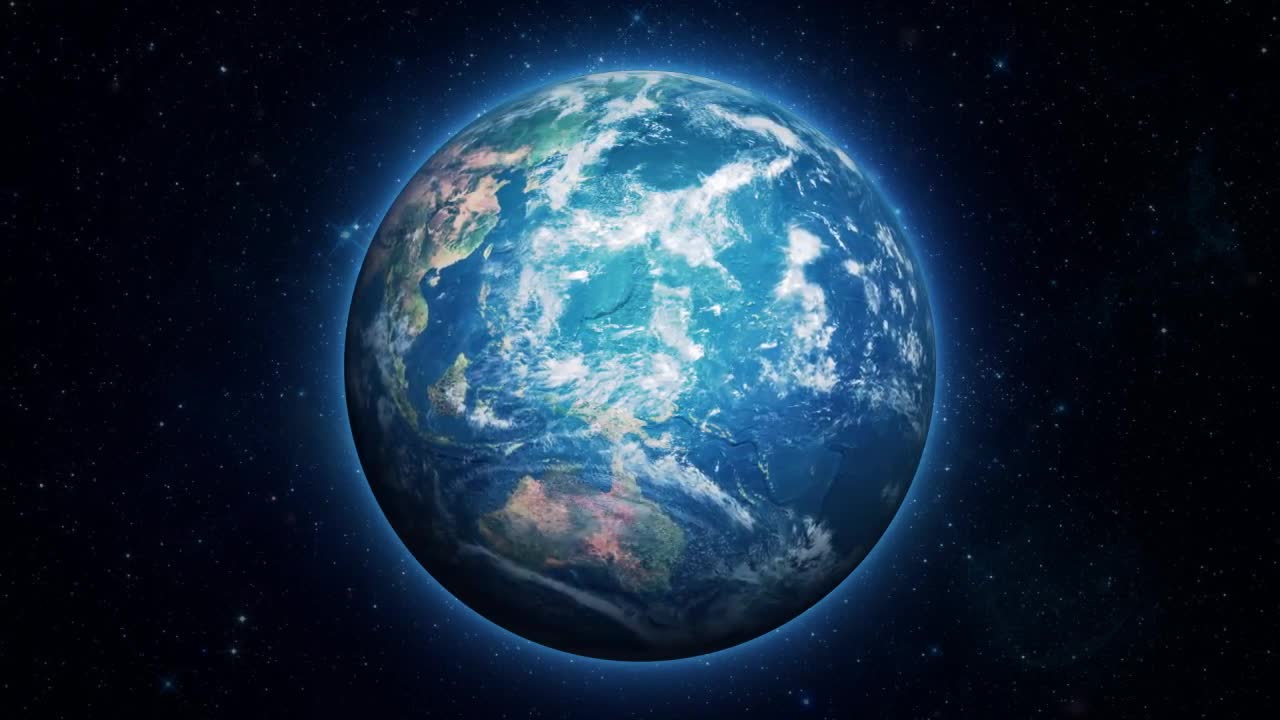
ZOOM EARTH FREE
The selection of free satellite imagery in EarthExplorer is overwhelming, from optical and radar data to weather satellite photos to digital elevation maps. The USGS agency has the longest record of collecting free GIS data (free satellite images, aerial, and UAV), which is made available via EarthExplorer (EE). Hide USGS EarthExplorer: Free-To-Use Satellite Imagery

We run into this situation quite frequently at Azavea, so we’ve gotten to know many of the providers over the years. Lastly, there’s the difficult case of needing high resolution, recently collected imagery (especially if you plan to derive commercial works from that imagery and need access to the raw files). That imagery can also be downloaded from either Earth on AWS or the Earth Engine Catalog-you can also browse when the most recent imagery was collected for each state (and at what resolution) at this free online coverage map hosted by ESRI. In the U.S., the USDA’s National Agricultural Imagery Program (NAIP) captures 1m/pixel or better imagery for the entire contiguous United States once every other year. Make sure you familiarize yourself with the data before downloading a lot of it!įor high-resolution aerial imagery, your options are much more limited. A warning: these are very large files and the imagery itself is lower resolution than what you might expect to see on a typical web map.
ZOOM EARTH FOR FREE

Here’s where things get interesting-we’ve written previously about the explosion of freely available, openly licensed, and constantly updating satellite imagery in our blog post, An Introduction to Satellite Imagery and Machine Learning. For larger-area basemaps, satellite imagery providers make more sense: and Australia and has a very simple user interface available through any web browser. For high-resolution aerial imagery, NearMap orthographics provide great coverage in the U.S.
ZOOM EARTH LICENSE
Rather than license imagery from Google that they’re, in turn, licensing from imagery providers, it usually makes more sense to go directly to the source. Google’s Maps API is notoriously stingy in this regard, with its terms of service even limiting your right to display content derived from Google imagery on a map that isn’t also provided by Google. tracing building footprints or other cartographic features), you should consider a paid option that allows for derivative works to be produced. If you’re considering deriving a commercial product from the imagery you’re browsing (e.g.

Some other great sources of non-commercial, non-downloadable imagery are:


 0 kommentar(er)
0 kommentar(er)
